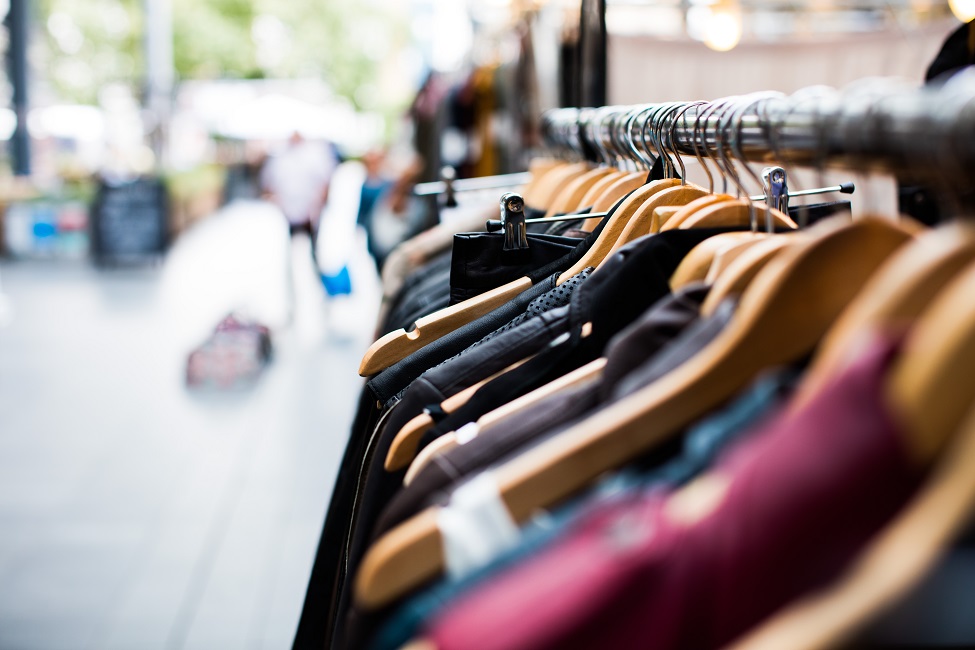The fast-fashion industry has been facing heightened scrutiny recently regarding its negative environmental impact. Several global surveys revealed that the production of textiles is responsible for a massive 10% of the world’s carbon emissions. Emitting greenhouse gases during manufacturing, transportation, and usage not only impacts the environment but also poses severe health risks. As consumers seek out more sustainable and ethical options, secondhand clothing has emerged as a viable solution. Buying secondhand clothing can reduce the demand for new clothing, ultimately reducing the industry’s carbon footprint.
What is Secondhand Clothing?
Secondhand clothing is defined as clothing that has been previously worn and is being resold. This can include vintage clothing, thrift store finds, and clothing purchased through online marketplaces. The market for secondhand clothing has been growing rapidly as consumers have become more environmentally conscious and adjusted their buying preferences to factor sustainability into their decisions.
Benefits of Secondhand Clothing
Reduces Carbon Footprint
The Secondhand clothing marketplace boasts the primary advantage of lowering the carbon footprint of the fashion industry, as new clothing production is an enormous burden on the environment. This is due to its significant energy and water requirements, necessitating pesticide and chemical use. Procuring secondhand clothing reduces the demand for new garments, mitigating the industry’s environmental impact.
Extends the Life Cycle of Clothing
Clothing ends up in landfills when it is thrown away, and this is where it will end up releasing methane, a potent greenhouse gas. This means that simply adopting a secondhand clothing mindset extends the life of the clothes, which means that less clothing ends up in a landfill.
Provides Affordable Options
Used clothing is often more affordable than new clothing. This makes it an attractive option for those looking for sustainable and ethical clothing options on a budget. Secondhand clothing can also provide access to higher quality clothing at a lower price point.
How to Incorporate Secondhand Clothing into Your Wardrobe
Thrift Stores
Thrift stores are a great place to start when looking for secondhand clothing. Thrift stores often have a wide selection of clothing styles and sizes, making it easy to find something that fits your personal style.
Online Marketplaces
Online marketplaces have made it easier than ever to purchase secondhand clothing, as they allow consumers to search for specific items and compare prices from multiple sellers. These secondhand marketplaces facilitate sustainable shopping by making it easier and thus more accessible.
Clothing Swaps
Organising a clothing swap with friends or family is a great way to refresh your wardrobe while reducing your environmental impact. By swapping clothing with others, you can give new life to clothing that no longer serves you while also finding new-to-you pieces to add to your wardrobe.
Secondhand clothing can make a significant impact on the fashion industry’s environmental footprint. By reducing the demand for new clothing and extending the life cycle of clothing, consumers can play a role in creating a more sustainable and circular economy. Wearing secondhand clothing is a fun and budget friendly way to make a difference for the planet.






